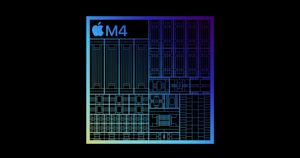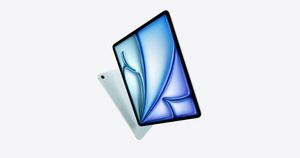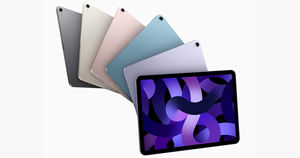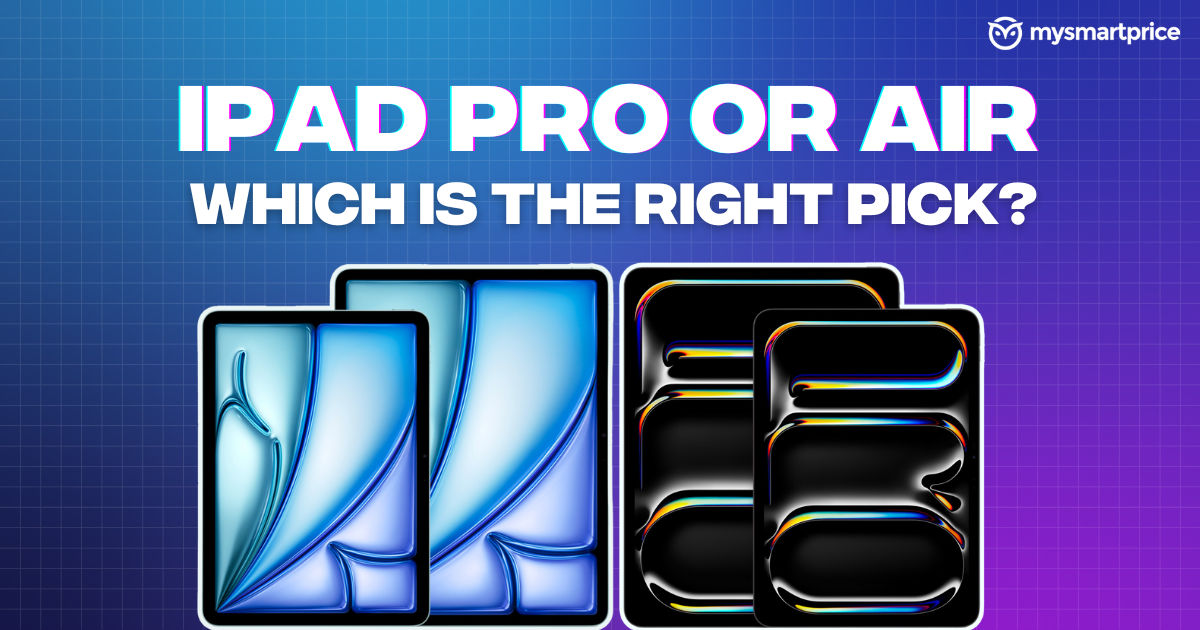
As someone who has been waiting to buy an iPad for a while, I was looking forward to Apple’s ‘Let Loose’ event on Tuesday. And Apple did not disappoint. The biggest announcement was Apple introducing the M4 chipset on the iPad Pro first, a marked change, given that typically, the MacBooks get the new chipset.
And yes, the iPad Air is much more powerful, given it now runs the M2 chipset. But the lineup is both confusing and tempting. Pure instinct might indicate getting the iPad Pro is better because it has all the shiny new elements. On the other hand, the iPad Air makes more financial prudence. So, which iPad is right for you, and do you need the Pro? Let’s break it down.
Apple iPad Pro (2024): Who Should Get it?
| Storage | Price | |
| iPad Pro 11-inch WiFi only | 256GB | Rs 99,900 |
| 512GB | Rs 1,19,900 | |
| 1TB | Rs 1,59,900 | |
| 2TB | Rs 1,99,900 | |
| iPad Pro 13-inch WiFi only | 256GB | Rs 1,29,900 |
| 512GB | Rs 1,49,900 | |
| 1TB | Rs 1,89,900 | |
| 2TB | Rs 2,29,900 | |
| WiFi+ Cellular | Rs 20,000 extra on each version |
The iPad Pro (2024) is the most tempting device in the lineup. However, very few people need this sort of power once you see what Apple has added. This is now clearly geared toward professionals in the creative industry with some seriously heavy-duty workloads.
In fact, at the event, Apple CEO Tim Cook wore a pair of Nike sneakers designed using the new iPad Pro. That’s the kind of use case Apple is envisioning for the Pro as it seeks to empower individuals who need an on-the-go machine tuned for resource-heavy demands.
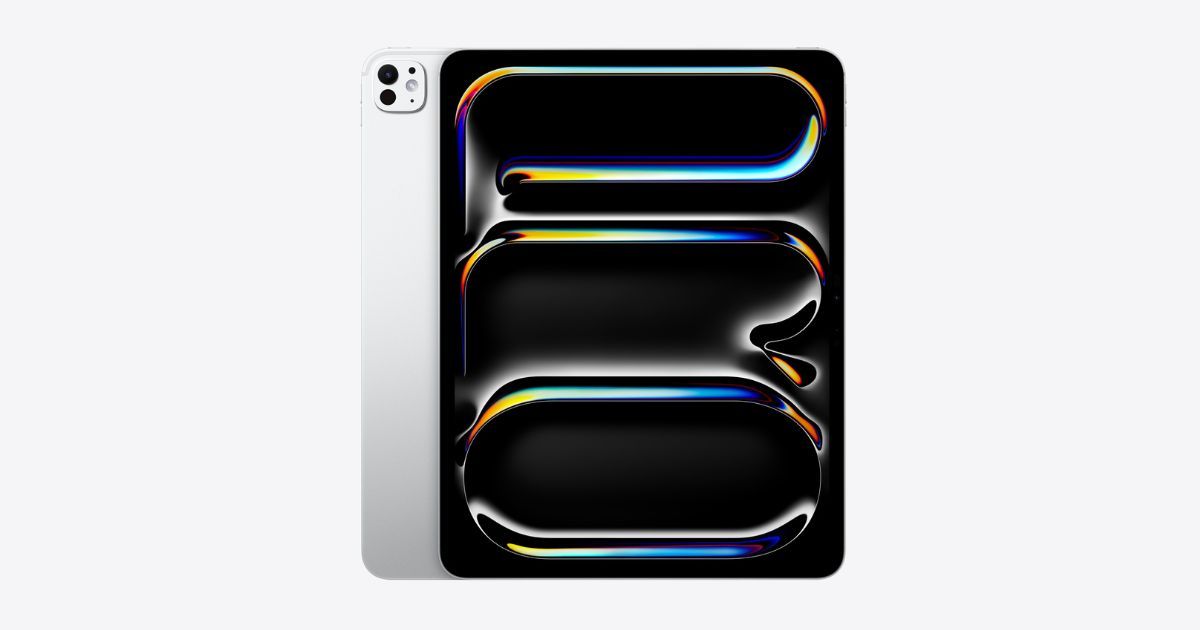
Yes, the iPad Pro comes with the new M4 chipset, with Apple promising improvements across the board in processing speeds, power efficiency, and, more importantly, a new powerful Neural Engine designed for AI tasks. One example of the AI-based tasks that Apple has given is that “users will be able to easily isolate a subject from its background in 4K video with just a tap with Scene Removal Mask” in Final Cut Pro.”
Thanks to the M4, all of this is on the iPad Pro. Given that AI in iOS and iPadOS will likely be a central focus of Apple’s WWDC announcements next month, it is unsurprising that the new iPads are getting ready for these tasks.
Apple has also upgraded the display on the iPad Pro, giving it what it calls the ‘Ultra Retina XDR’ display. The iPad Pro’s display now combines two OLED panels, ensuring high levels of full-screen brightness. Apple claims 1000 nits of full-screen brightness for SDR and HDR content and 1600 nits peak for HDR. Apple is also bringing features like Dynamic Caching, mesh shading and ray tracing to the iPad for the first time, thanks to the more powerful 10-core GPU on the M4 chipset. The iPad Pro also gets Thunderbolt 3 and USB 4 support, promising wired connectivity up to 40Gb/s.
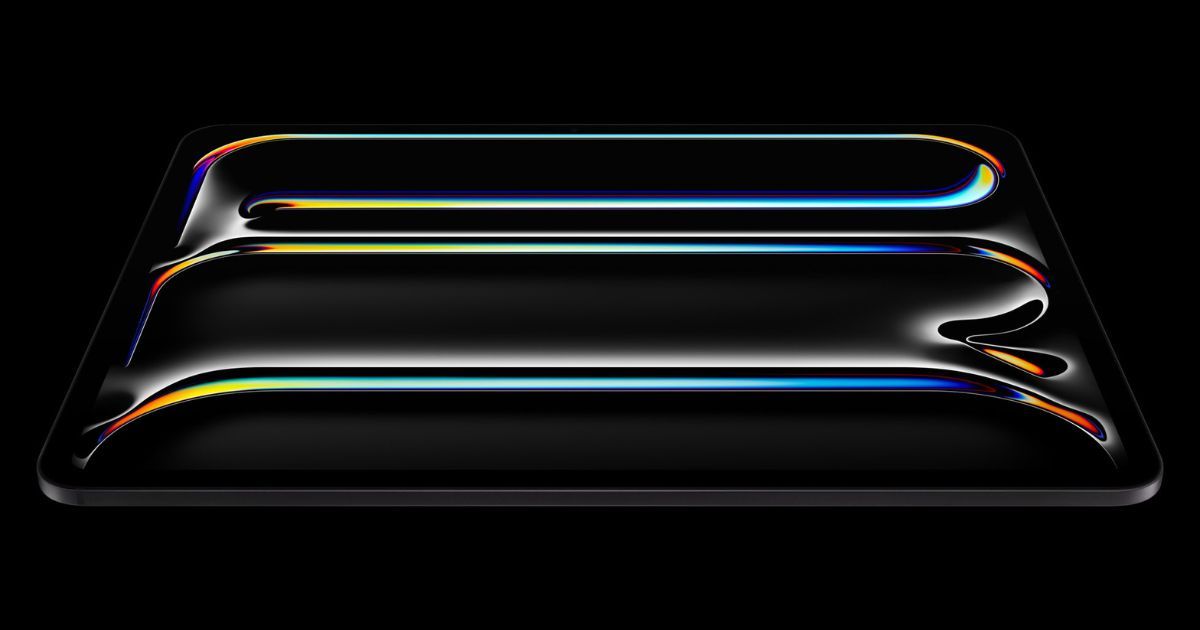
If you look at these specifications overall and what they can help users achieve, Apple is making it amply clear: The iPad Pro is now for a select base that needs these kinds of capabilities on the go.
This doesn’t mean that the iPad Pro is not valuable to regular top-level consumer executives, doctors, or lawyers, many of whom have come to rely on it for their daily workflows. It is just that it might be overkill now if you are in this category. More importantly, while the iPad Air might have felt like a compromise earlier because of the smaller screen size, Apple has now resolved the issue with the new announcements.
Apple iPad Air (2024): So Who Should Get it?
| Storage | Price | |
| iPad Air 11-inch | 128GB | Rs 59,900 |
| 256GB | Rs 69,900 | |
| 512GB | Rs 89,900 | |
| 1TB | Rs 1,09,900 | |
| iPad Air 13-inch | 128GB | Rs 79,900 |
| 256GB | Rs 89,900 | |
| 512GB | Rs 1,09,900 | |
| 1TB | Rs 1,29,900 | |
| WiFi+Cellular | Rs 15,000 extra on each variant |
Thanks to the changes Apple has introduced, the iPad Air is suddenly a much more coveted device for everyone. It is also affordable, given that it starts at Rs 59,900. The most significant change would have to be the screen size options, which are now the same as the iPad Pro. So, you get an 11-inch and 13-inch iPad Air, just like the iPad Pro’s screen size. Frankly, distinguishing between Air and Pro would be difficult if you look only from the front. Of course, the rear camera setup does give it away, but the iPad Air is more than just a big screen now.
Apple has introduced the M2 chipset on the iPad Air, making it more powerful. Remember, the older iPad Pro generation was also powered by the M2. The M2 also brings an 8-core CPU and 10-core GPU to the iPad Air, ensuring it should be capable of running most high-performance tasks. Apple announced that the new iPad Air also benefits from “faster memory bandwidth” and claims the M2 version is 50 per cent faster than the M1 variant.

And yes, the iPad Air will also be capable of running AI tasks thanks to the 16-core Neural engine. Based on the announcements, the iPad Air will also be capable of running cloud-based productivity and creativity apps that harness AI features. The iPad Air (M2) also starts at 128GB storage, double the 64GB for the 10th-generation variant.
If you are looking for an iPad that quickly gets the daily work done, the iPad Air remains a reasonable and easy choice. The iPad Air is now good enough for those who need one for their regular tasks, be it spreadsheets, quick video/photo edits, or editing docs.
However, given that the display is still in Liquid Retina (LCD), it could be a downer for many folks, especially those with tasks related to videos, photography, and more creative endeavours. Apple has not ramped up the refresh rate, limiting 120Hz to the iPad Pros. The choice between the iPad Air and Pro becomes tougher when you have creative professional needs that are not as intensive as what the Pro offers but still higher than what the Air might deliver. In that case, the Pro makes more sense because it would be more future-proof for growing creativity needs.
Overall, if one looks at the new nomenclature that Apple is using, it is applying the same logic that it does for the MacBooks. It is now iPad Pro (M4) and iPad Air (M2), while the older iPad Air had the 5th generation tag. The naming also makes it clear how Apple is pitching these devices. The Air name has always been good enough for most regular users, while Pro is typically for those with resource-heavy workloads. This difference is now underpinned in the iPad lineup as well.




